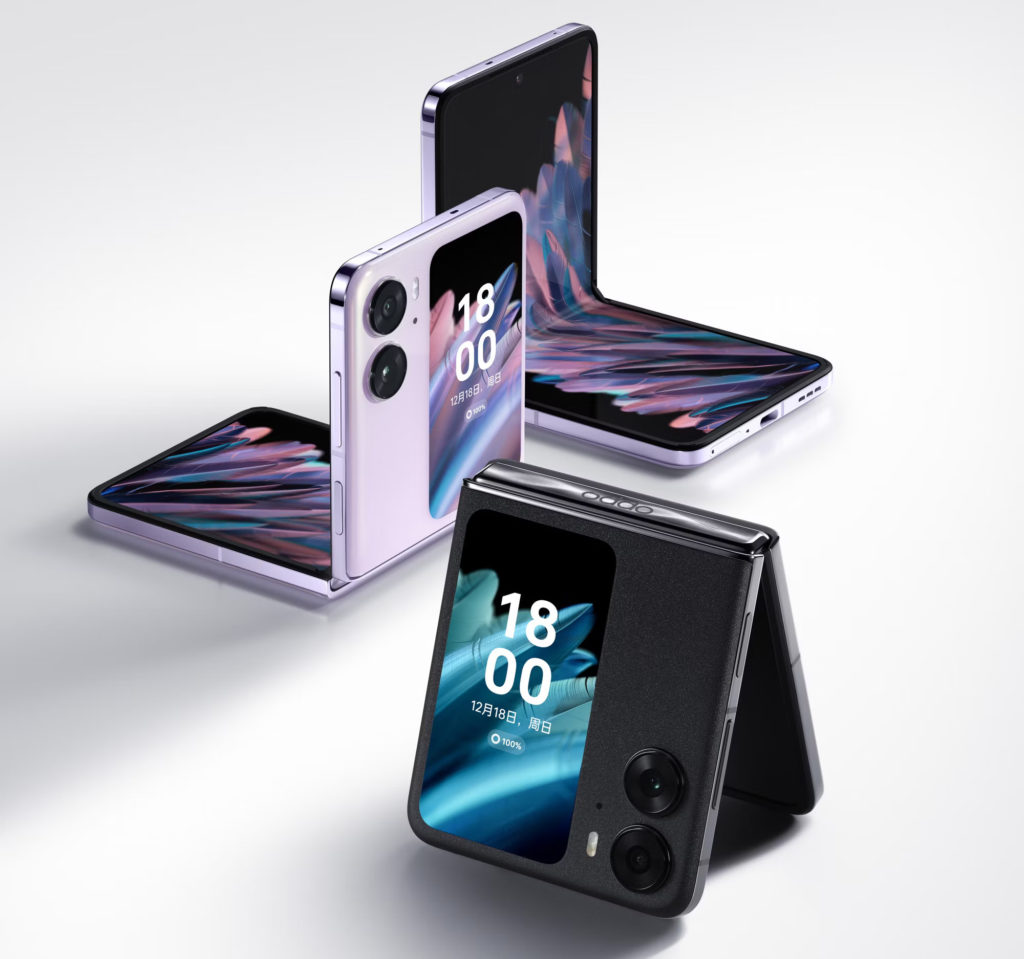Foldable mobile phones are a new breed of mobile devices that offer a flexible display that can be folded and unfolded to transform the device into a compact size when closed and a larger screen when opened. While foldable phones are still a relatively new technology, they are rapidly gaining popularity as more and more manufacturers are entering the market with their own offerings.

The first foldable mobile phone was introduced by Royole in 2018, but it wasn’t until Samsung’s launch of the Galaxy Fold in 2019 that the technology really started to gain traction. Since then, we have seen the launch of several other foldable phones from major players like Huawei, Motorola, and Xiaomi, with many more expected to enter the market in the coming years.
The main advantage of foldable phones is that they offer a larger screen in a smaller form factor. This makes them ideal for media consumption, gaming, and productivity tasks. When the phone is closed, it can fit comfortably in a pocket or purse, making it much easier to carry around than a traditional tablet. When opened, the device provides a large and immersive screen that is perfect for watching movies, playing games, or multitasking.
Foldable phones use a variety of different technologies to achieve their flexibility. Samsung’s Galaxy Fold, for example, uses a foldable OLED display that can be opened and closed like a book. Huawei’s Mate X, on the other hand, uses a flexible OLED display that wraps around the outside of the device, creating a seamless and continuous screen when the phone is opened.
One of the biggest challenges facing foldable phones is durability. Because the display is flexible, it is more prone to damage from bending and folding. This has led some manufacturers to use specialized materials, such as Samsung’s Ultra Thin Glass, to create more durable screens. However, even with these advancements, foldable phones are still more fragile than traditional smartphones, and users will need to take extra care to avoid damaging their devices.
Another challenge facing foldable phones is the cost. Because the technology is still relatively new, foldable phones are significantly more expensive than traditional smartphones. The Samsung Galaxy Fold, for example, has a starting price of $1,980, which is more than double the cost of Samsung’s flagship Galaxy S21. This high cost has limited the appeal of foldable phones to early adopters and tech enthusiasts, but as the technology becomes more widespread, we can expect prices to come down over time.
Despite these challenges, foldable phones are an exciting new technology that offers a glimpse into the future of mobile devices. As technology improves and becomes more affordable, we can expect to see foldable phones become more widespread and more popular with consumers.